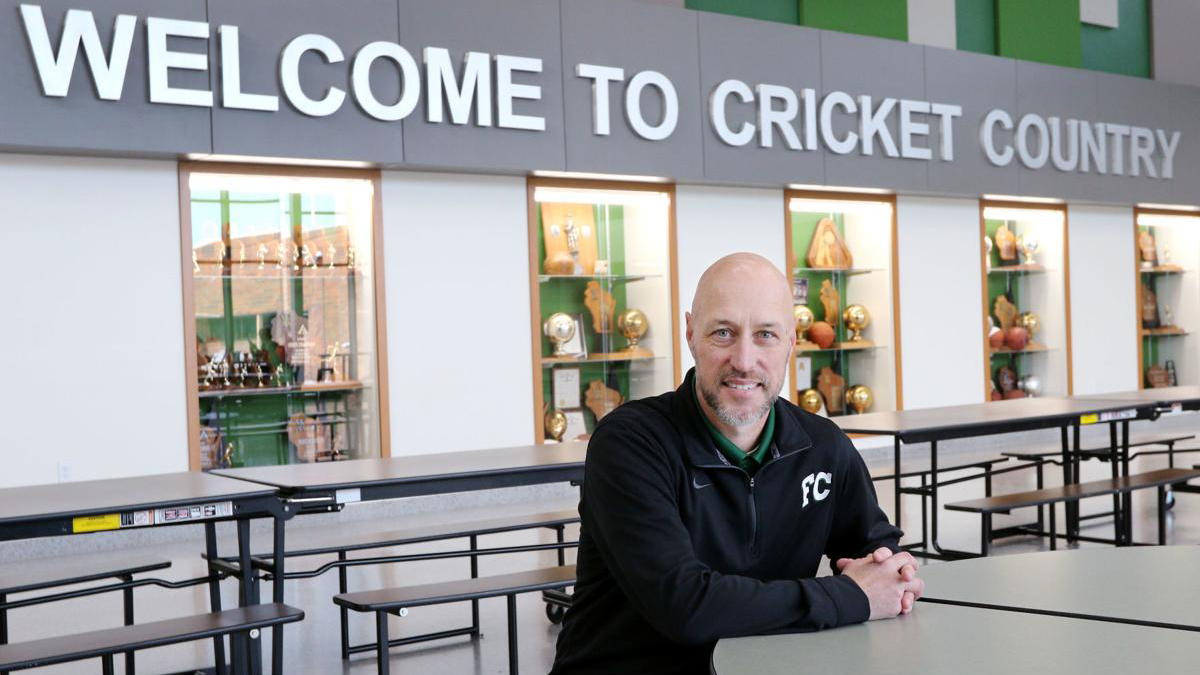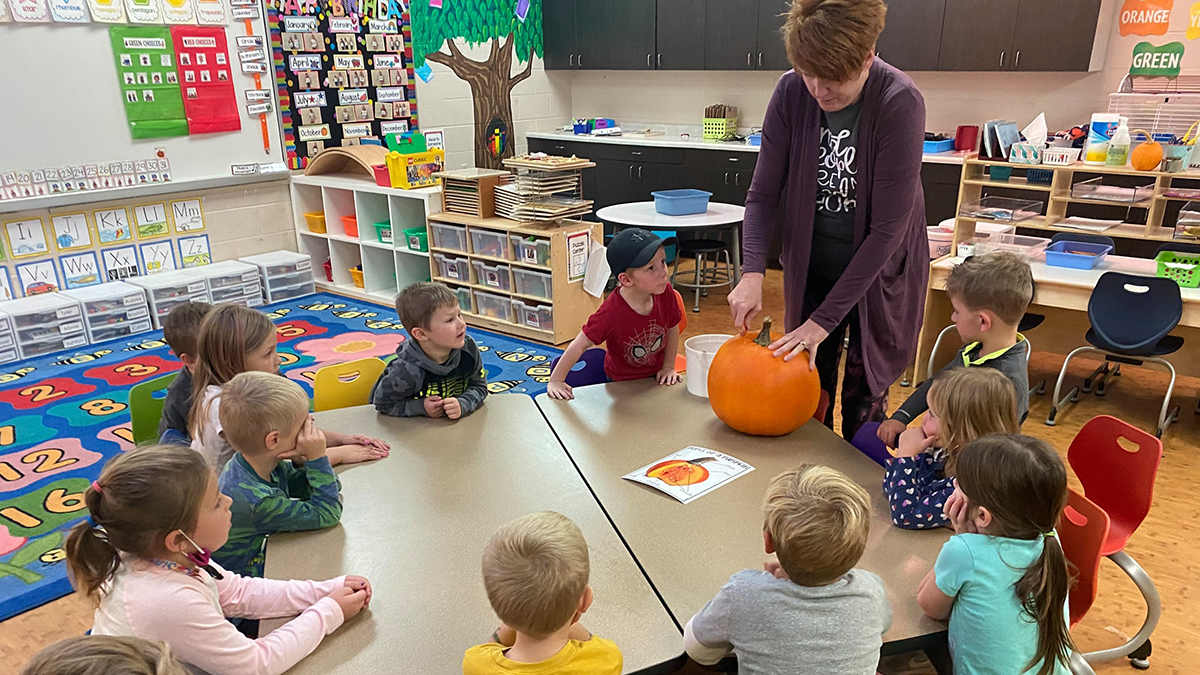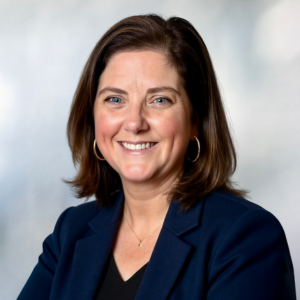- What's New
- Pricing & Purchasing
- Lead Times
- Literature & Samples
- Services & Warranties
- Careers
- Find a Rep
Featuring Joe Sanfelippo: How to Connect Your Students & School Community

Image courtesy of leadertelegram.com.
How do teachers stay motivated during challenging times? How can we get students more excited about learning in lasting ways?
In seeking answers to these questions, we hosted renowned education leader, Joe Sanfelippo, on the latest episode of our Furnishing Knowledge podcast. Also an inspirational speaker and author, Joe is Superintendent of the Fall Creek School District in Fall Creek, Wisconsin, which was named Most Innovative District in 2016 and 2017 by the International Center for Leadership in Education. In 2019, Joe was named Superintendent of the Year by K-12 Education Dive.
We discussed how Joe uses a purposeful approach to create a culture of community within his school district while engaging students and building connections across the district. Following are a few highlights from our conversation, with slight edits for clarity.
Finding and Highlighting Joy
For the past two years, educators have been looking for ways to stay motivated amid the setbacks and obstacles of COVID-19. For Joe, the key to sustainably motivating students and teachers is to discover the silver linings.
“Try to find some joy in the mess,” he said. “Every day, make sure you find some joy to start your day, to end your day and to really talk about the things that are affecting you.”
JOY IN THE MESS from Joe Sanfelippo on Vimeo.
Amid challenging times, it’s not always easy or even realistic to be happy all the time. But there are opportunities for positivity. It may take a concerted and combined effort among educators, but seeking the good among the not so good can help refocus the goals of education.
We also considered what aspects of resilience and creativity we expect to endure long after the pandemic and forced remote learning. “If you haven’t taken any of the lessons you’ve learned and put them into practice moving forward, then you’ve missed out on essentially the only good thing that’s happening during this time,” Joe reflected. “If you can be present in the moment, there’s a better chance for you to learn and grow in the long term.”
Connecting on a Personal Level
Our conversation around motivation led us to explore how to engage students, not just with a particular lesson, but with their learning more broadly. Two themes emerged: connecting with students on a personal level and giving them agency in school.
“Let them know, ‘We’re here for you and we’re trying to give you as much ownership as we can,’” Joe shared.
One way Joe’s district supports student empowerment is by giving high school seniors the opportunity to complete a capstone project. Students have the freedom to choose their topic, design the project from start to finish and present their findings to outside experts.
“They like the idea of the ownership,” Joe said. “They need to know they have an impact on what they’re doing.”
The importance of agency extends beyond academics, too. When it comes to school design, we agreed that everyone who occupies a space should have a say in the design decision-making.
“We need to ask, ‘Who is this space intended for?’” Joe said. “If we’re making adult decisions for kids’ spaces, we’ve missed our opportunity.”

For leaders in education, the critical question is not simply asking a student what they’re doing, but why they’re doing it. The “why” matters; this is the heart and soul of student engagement. As we’ve said before, giving students a sense of control over their learning spaces will help them feel happier and more engaged.
ARE THEY ACTUALLY LEADING? from Joe Sanfelippo on Vimeo.
Unify with Social Media
We agreed that all parents, community members, faculty and staff should feel included in a school’s accomplishments, not just the teachers and students.
One proven avenue for bringing the community in? Social media.
Joe has seen this approach embrace community in three core areas: (1) finding that audience, discovering where they’re at, establishing where they ‘live’ virtually; (2) building momentum; and (3) celebrating kids.
“Social media breaks down the walls for people,” Joe revealed. “Everybody’s got a story to tell. Sometimes people aren’t willing to talk about that story unless they’ve been made to feel like that story will be valued.”

To further strengthen community among faculty within school walls, Joe said Fall Creek schools have a unifying motto: Everybody is a teacher.
“During teacher appreciation week, we celebrate everybody—all 116 people, regardless of job title—because we recognize that we’re all teachers in some regard,” Joe said. “All interactions are important.”
APPRECIATE WHO THEY ARE from Joe Sanfelippo on Vimeo.
Join the Conversation
From the example being set at the Fall Creek School District, it’s clear that the effort to recognize and share perspectives within communities is incredibly empowering to success in education. It’s also evident of the lasting impact that empathy and human connection have on learning and development.
For more inspiration, follow @Joe_Sanfelippo on Twitter and check out more of his #1minwalk2work video insights. Learn more about Joe’s dynamic approach to education leadership in his recently published book: Lead from Where You Are: Building Intention, Connection and Direction in Our Schools
To get a fresh perspective on K-12 learning, listen to our full discussion with Joe and subscribe to the Furnishing Knowledge podcast wherever you listen.
Subscribe
Stay up to date with the latest trends and more.
